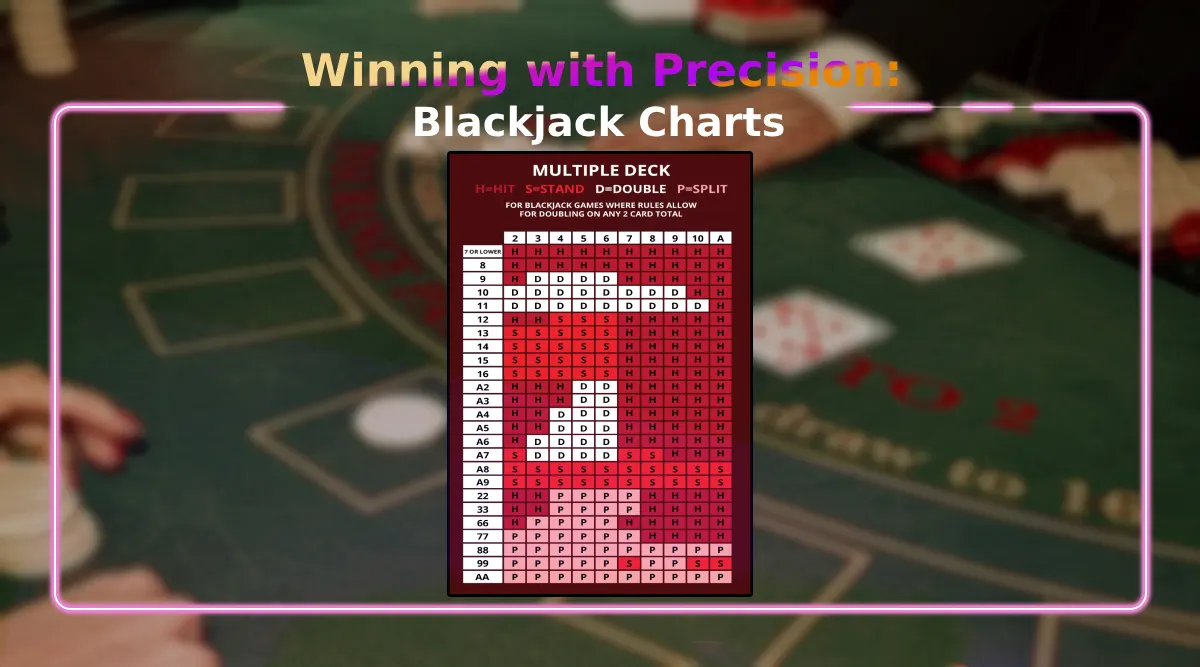
Blackjack remains one of the most enduring and beloved casino games, enthralling players with its unique blend of skill, strategy, and luck. At its core, blackjack is a dance of decision-making, where each move can be the difference between victory and defeat. A blackjack chart is a vital tool, guiding players through choices to enhance their odds of success in the game.
For those looking to refine their approach to the game, this guide is a treasure trove of insights. We will delve into the basics of blackjack, unpack the anatomy of a blackjack chart, and provide the knowledge needed to play with confidence. Whether you’re a seasoned player or new to the slots scene, this guide is crafted to enhance your gaming experience.
Blackjack Chart: Understanding the Game of Blackjack
The fundamental aim of blackjack, one of the top casino games for many, is simple: achieve a hand total closer to 21 than the dealer’s without exceeding it. Every round starts with players receiving two cards, just like the dealer, who keeps one card face down. Players must then decide whether to “hit” (take another card), “stand” (keep their current hand), “double down” (double their bet for one additional card), “split” (divide a pair into two separate hands), or “surrender” (give up half the bet and end the hand) based on the strength of their hand versus the dealer’s visible card.
The house edge is a term used to describe the mathematical advantage that the land-based or online casino has over the players over time. In blackjack, this edge is typically low, making it one of the most player-friendly games. However, the edge can fluctuate based on the rules of the game and the strategies employed by the player. Understanding and mitigating the house edge is crucial for long-term success.
In blackjack, victory entails either outscoring the dealer without surpassing 21 or causing the dealer to bust by surpassing 21. A key to success is knowing when to take action and when to play it safely, a skill that is honed with practice and the use of a good blackjack book or guide, which details strategies and tips for better play.













